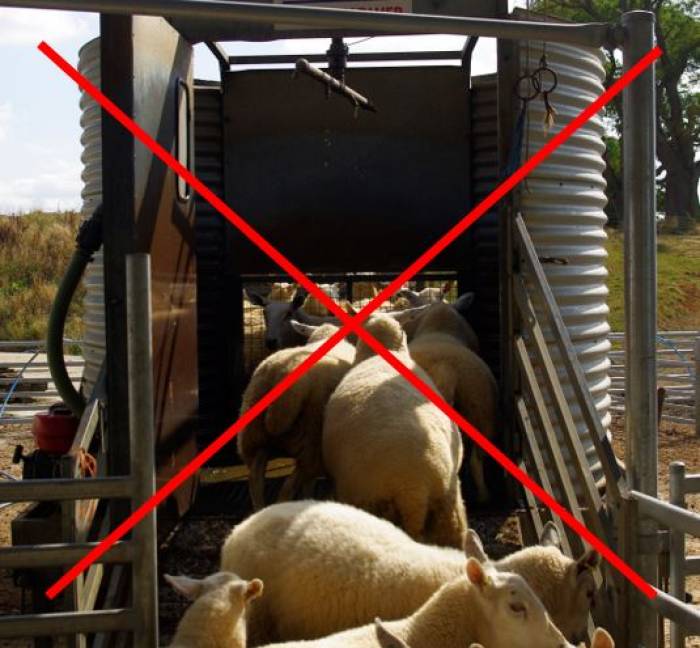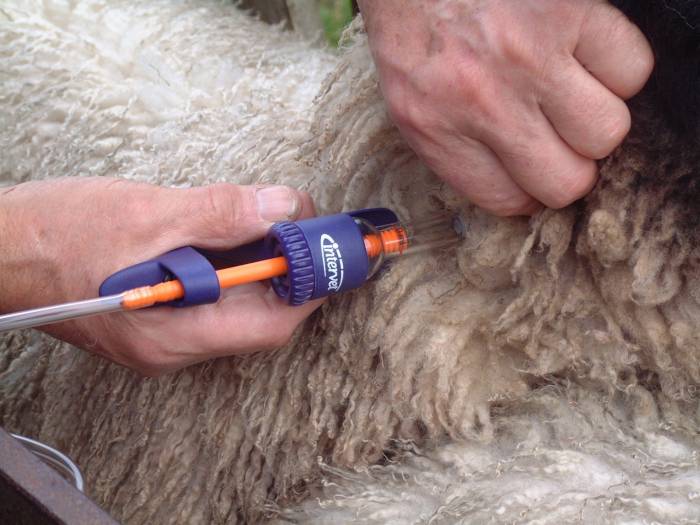There are only two types of treatment for sheep scab – organophosphate (OP) plunge dips (containing diazinon) and endectocides (injectable group 3-ML). Download the table below for details of the different products available for the two options.
Sheep scab should also be considered when quarantining incoming stock to a farm – and now that diagnosis tools are available you can check for the presence of infection rather than just treating in the assumption that incoming sheep have scab. The objective of quarantine treatments is to minimise the chance you will introduce sheep scab and should be applied to all incoming sheep – those purchased from other flocks (including rams) and your own sheep that have been grazing on other farms or common grazing. Click here for information about including scab in a quarantine treatment for worms.
Whether being used for treatment or quarantine purposes, always read the manufacturer’s instructions before use. Withdrawal periods are subject to change and it is the user’s responsibility to ensure withdrawal period is adhered to.
OP dips are a vital tool for scab control – but they must be used responsibly to ensure their effectiveness and ensure mites do not develop resistance to the treatment. Use of OP dips through a jetter or shower is illegal and comes with huge risk. Remember that OPs are highly toxic and must only ever be purchased and used under the supervision of someone holding an NPTC Certificate of Competence in the Safe Use of Sheep Dips. Container design (closed transfer systems) must be respected, instructions on dosage and administration followed, protective clothing worn and safe storage and disposal practiced. If you do not have a Certificate of Competence, use a mobile dipper who works to the Code of practice for mobile dippers.
While a useful tool against sheep scab, the injectable products belong to the 3-ML (clear) group of anthelmintics so also treat roundworms. This means using an injectable to treat a sheep for scab will also expose internal parasites to the active ingredient (moxidectin, doramectin and ivomectin). Resistance of internal parasites to the 3-MLs has increased rapidly in line with increased use for scab, and cases of resistance in scab mites to MLs have now also been recorded. Please follow this SCOPS Best Practice Use of Injectable Scab Treatments guide.
If you use a product and think it has not cleared the sheep scab (i.e. sheep are still itchy) you should report this to your vet or merchant. They have been supplied with a simple protocol to take you through to ensure correct diagnosis and to avoid unnecessary re-treatment – more information here. Don’t just dive in and re-treat.

